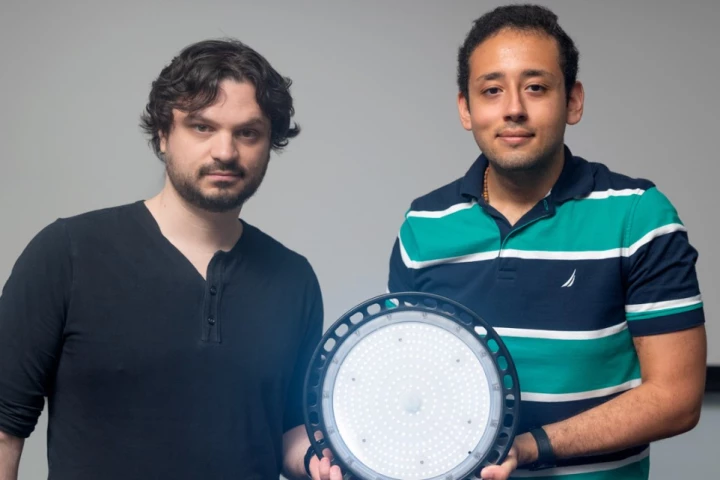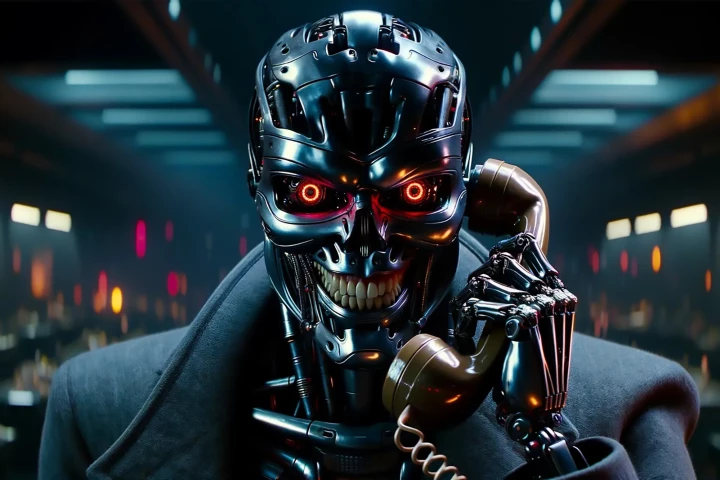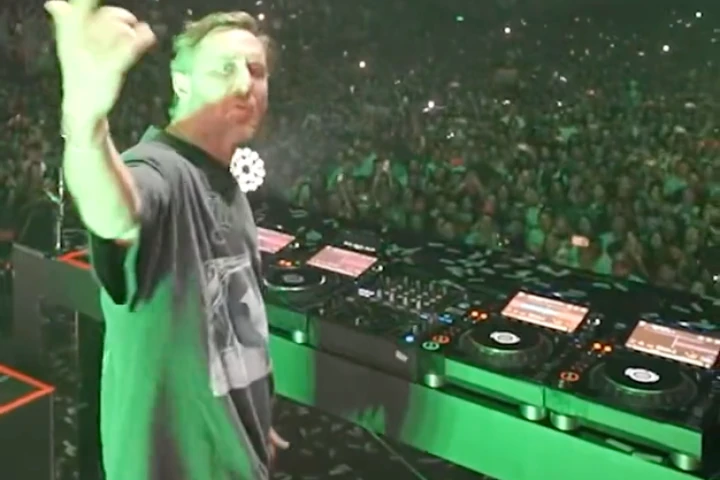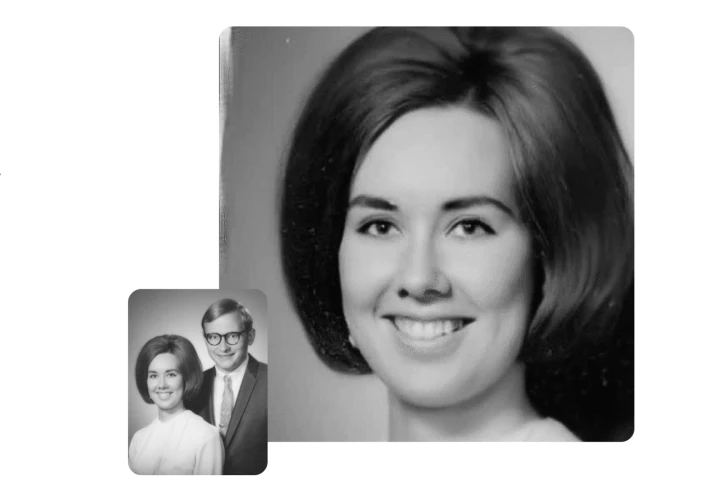Deepfakes
-
Individuals, corporations, and even governments are under threat from digital deception to defraud dollars and destabilize democracies. The new RAIS system could help stop such fraud, by sniffing out AI voice emulators.
-
Thanks to advances in generative AI, seeing video of an event is no longer proof that it really happened. There could be new hope on the horizon, however, in the form of a system that watermarks videos using fluctuations in the on-location lighting.
-
It was a day like any other until the text asking "Have you seen this yet?" and a link to YouTube. Seconds later, former President Barack Obama is on screen delivering a speech in which he proclaims Donald Trump "is a total and complete [expletive]."
-
Microsoft Research Asia has revealed an AI model that can generate frighteningly realistic deepfake videos from a single still image and an audio track. How will we be able to trust what we see and hear online from here on in?
-
The US Federal Communications Commission (FCC) announced on February 8th that robocalls made using AI-generated voices are illegal, effective immediately. The announcement gives law enforcement agencies greater powers to deal with scammers.
-
One of the more sinister functions of deepfake AI systems is the ability to replicate a person's voice, based on even just a short recording. A new software tool known as AntiFake, however, could help keep that from happening.
-
A new study has found that unofficial movie remakes made using deepfake technology prompted half of the viewers to falsely remember the films and, in some cases, consider them to be better than the original.
-
French DJ and music producer David Guetta has discovered AI tools, and thought it would be fun to use an unauthorized deepfake of Eminem's voice to rev up a huge crowd at a live show. It looks like it worked, but it raises legal and ethical questions.
-
Early last year, MyHeritage made use of deepfake tech to bring old photos of deceased loved ones to life, and more than 100 million animations have since been created. Now the company is back with LiveStory, which adds vocal storytelling to the mix.
-
A campaign for a new sci-fi film is letting the audience use deepfake technology to insert themselves into the trailer next to Hugh Jackman. It's just one use of a rapidly evolving technology also allowing companies to bring deceased artists back to life.
-
Computer scientists at the University of Buffalo have just offered a compelling example of what deepfake detection could look like, developing a technology that can spot them with 94 percent effectiveness by analyzing tiny reflections in the eyes.
-
Genealogy company MyHeritage is putting deepfake technology to a creatively unsettling use with a new feature called Deep Nostalgia. The system animates old photographs of loved ones, turning still portraits into uncanny blinking and smiling videos.
Load More











